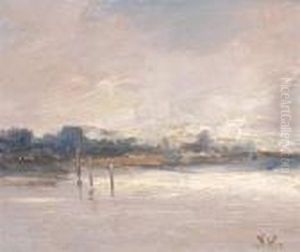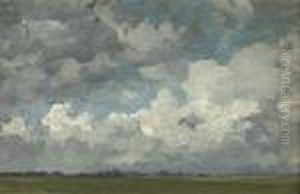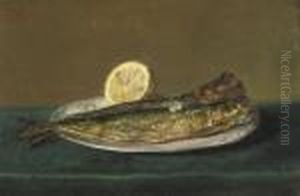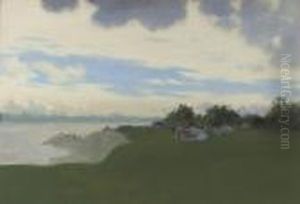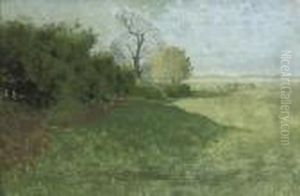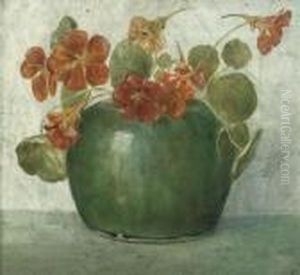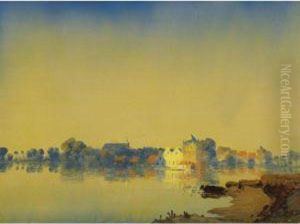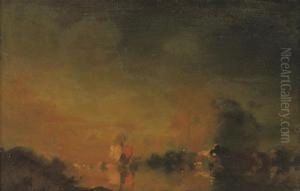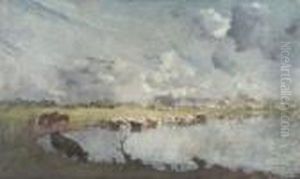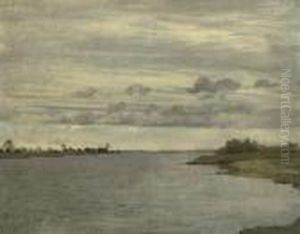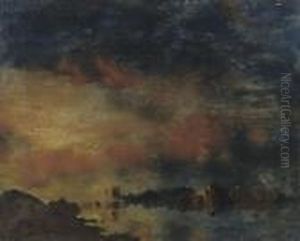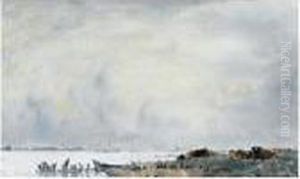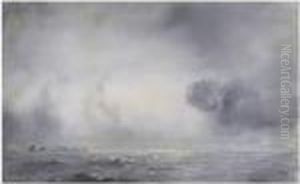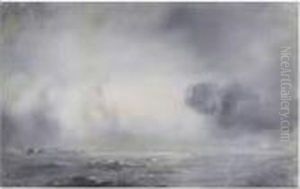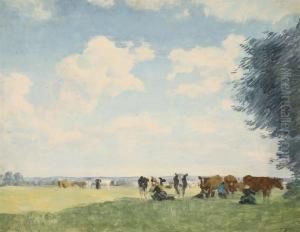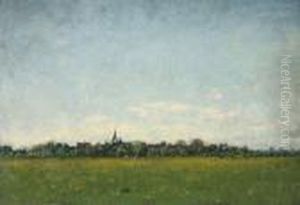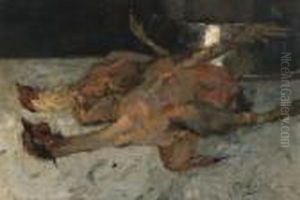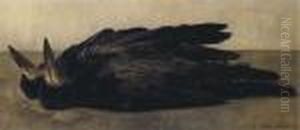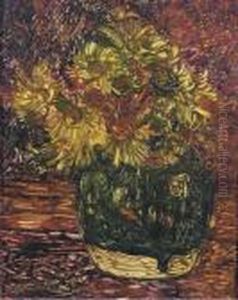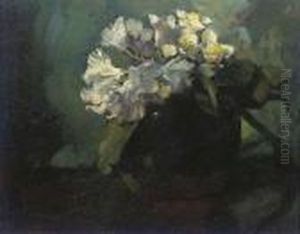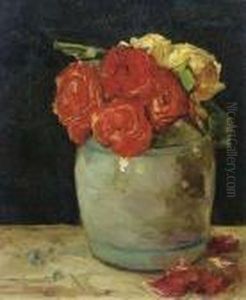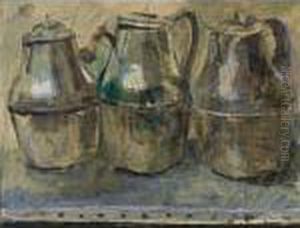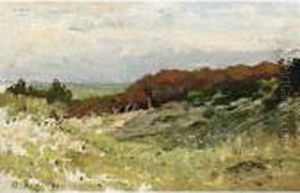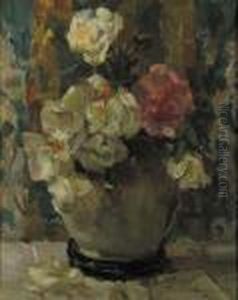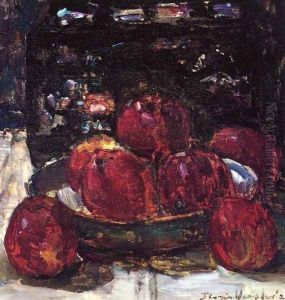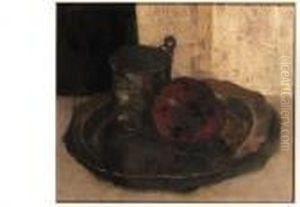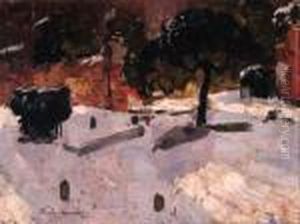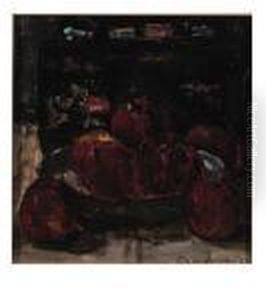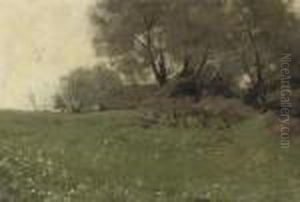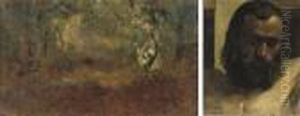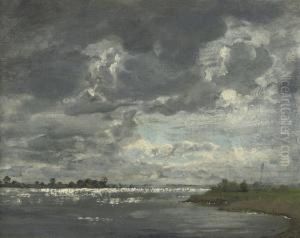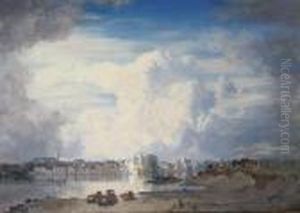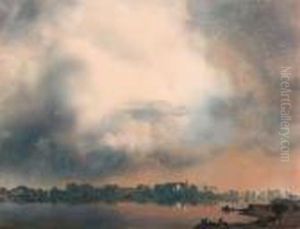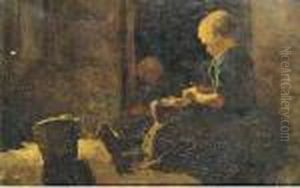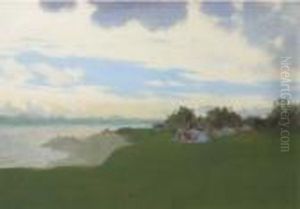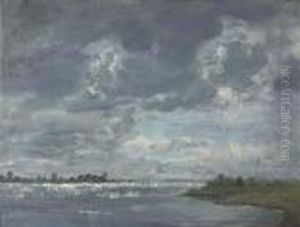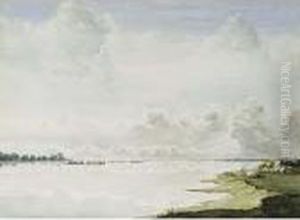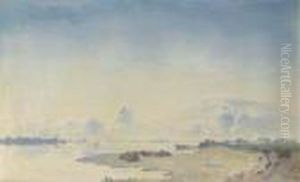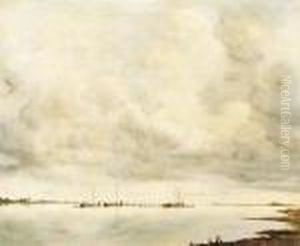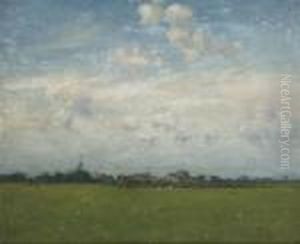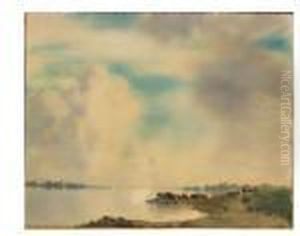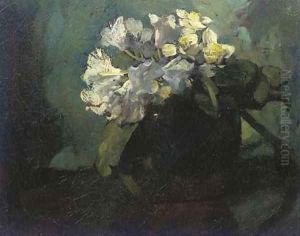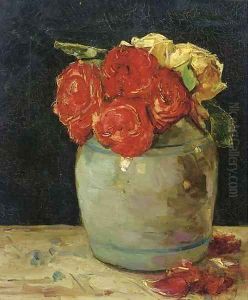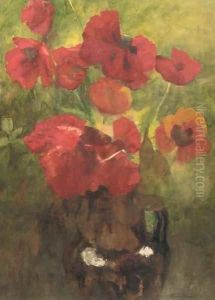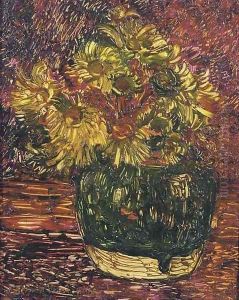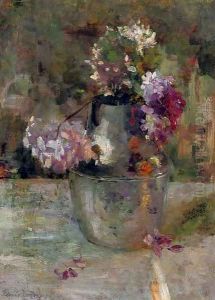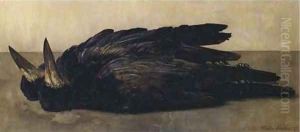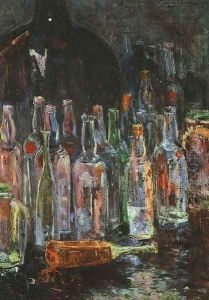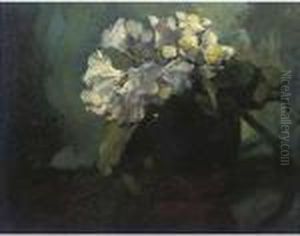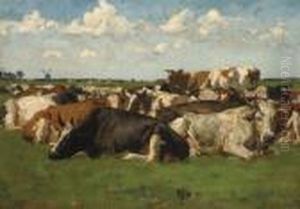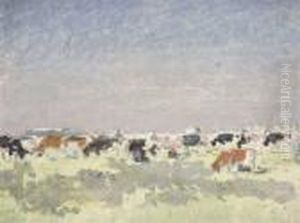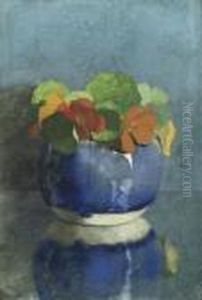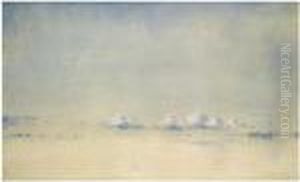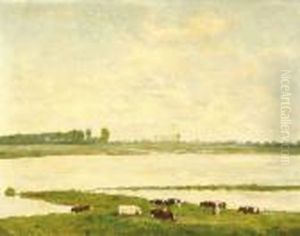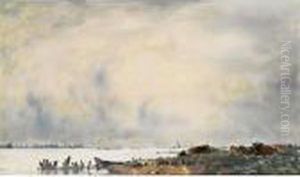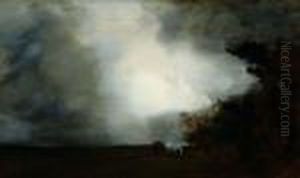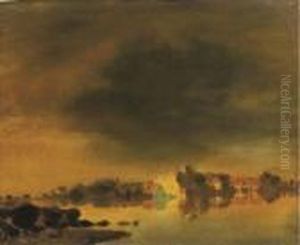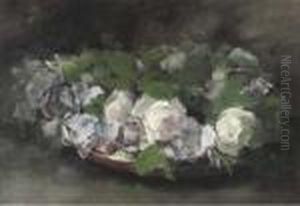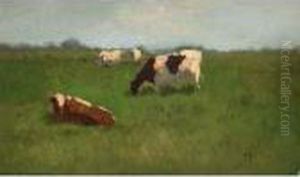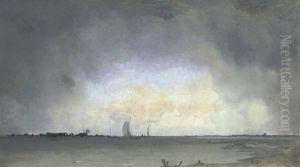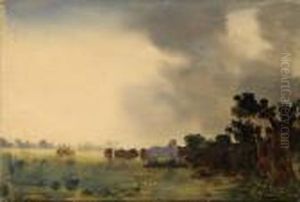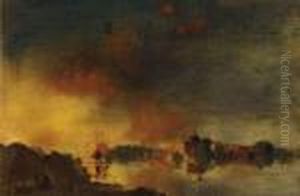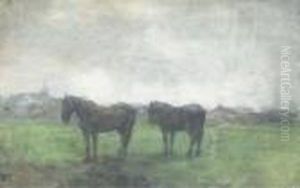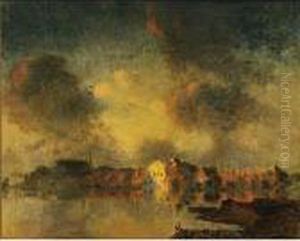Floris Verster Paintings
Floris Hendrik Verster was a Dutch artist renowned for his vibrant still lifes, portraits, and landscapes that demonstrated a unique blend of Impressionism and post-Impressionism influences. He was born on June 9, 1861, in Leiden, Netherlands, into an artistic family, which provided a fertile environment for his interest in art to flourish.
Verster received his initial art education at the State Drawing School in Leiden and later studied at the Royal Academy of Art in The Hague. During his early career, he was influenced by the Hague School, particularly by the works of Anton Mauve, a leading figure in Dutch realistic painting. Verster's early works were characterized by subdued colors and often depicted rural scenes.
In the late 1880s, Verster's style began to evolve as he became increasingly influenced by the bold colors and dynamic brushstrokes of the Impressionists and post-Impressionists. He started to experiment with brighter colors and a more expressive technique, which became the hallmark of his mature style. His still lifes from this period, often featuring flowers, are particularly noted for their intensity and the thick application of paint.
Verster's work received recognition during his lifetime, and he was associated with the influential art circle known as the 'Tachtigers', a group of writers and artists who advocated for the modernization of Dutch art and literature. Despite his association with these progressive artistic movements, Verster remained relatively isolated in his personal and professional life, choosing to focus intensely on his work rather than seeking widespread fame.
Throughout his career, Verster remained dedicated to his art, producing a modest body of work that was deeply personal and introspective. His paintings are characterized by a passionate use of color and a preference for simple yet powerful compositions. Floris Verster's contribution to Dutch art is significant, as he bridged the gap between the realism of the Hague School and the modern movements that were emerging in Europe at the time.
Verster passed away on January 21, 1927, in Leiden. His legacy is preserved through his works, which can be found in major Dutch museums, including the Rijksmuseum in Amsterdam and the Stedelijk Museum De Lakenhal in Leiden. Floris Verster remains a celebrated figure in the history of Dutch art, recognized for his distinctive and emotive approach to painting.
